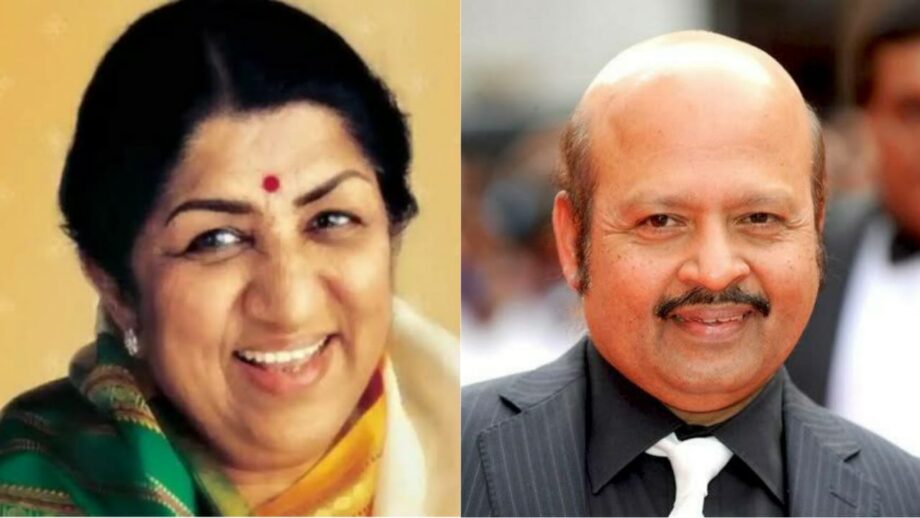When in 1974 , Rajesh Roshan, the talented music composer and son of the great composer Rosham , turned a full-fledged composer he gravitated towards the voice that defined Indian cinema. “Lataji first sang for me in Kunwara Baap which was produced and directed by Mehmood. The song was a made-to-order Lataji number Aa ri aaja nindiya tu le chal kahin. There was no formal introduction. Mehmood Saab just mentioned to Lataji that I was like his son, and that was it.”
Rajesh regards Julie as a turning point in his career. “The title song was so steeped in romance and love it represented the yearnings of two people in love. Lataji simply swept into the song as if she owned it. It became the anthem of the youth. Let me tell you, Kishoreda had a very tough time keeping up with her in that song.”
Thus began an enduring relationship with the Mangeshkars. Says Rajesh, “I was close not only to Lataji but also her sister Ushaji who also sang some big hits for me including the chartbuster Mungda. With Lataji, it was always heaven to record a song.”
Before the song Bhool gayee sab kuch yaad nahin ab kuch in 1974’s romantic blockbuster Julie, Asha Bhosle was the go-to singer for seduction songs. Julie changed the way listeners perceived Lata Mangeshkar’s vocal personality.
Recalls Rajesh Roshan, “I was very sure I wanted Lataji to sing for the title song where the heroine Laxmi in Julie gets seduced by the hero. I was new to the industry. My father (the great composer Roshan) never pushed his own career, there was no question of pushing mine. I knew Lataji from my childhood. But there was never a formal introduction. I played the daflee for Laxmikant-Pyarelal in the song Jhooth bole kauva kaate in Raj Kapoor Saab’s film Bobby which she sang. Lataji just watched me and smiled.”
There are two big takeaways that Rajesh obtained from his recordings with Lataji. “One was the way she stressed certain words at a crucial point of a song. She always knew where to punctuate a song. She miraculously found space to provide her own punctuation in the rhythm of song. There is no other singer in the world who can do this the way she can. I wish she had taught singers who came after her to find the perfect place to punctuate a song.”
What is the other big lesson that Lataji’s voice taught Rajesh? “It is amazing how she moulded her voice in every decade . The way she sounded in the the 1950s was very different from her voice in the 1960s. And in the 70s and 80s she again moulded her voice into a different sphere.How she reinvented herself in each decade to sound better and better is a subject worthy of a thesis.”
Lataji ranked Rajesh Roshan very high as a music composer. She once told me, “Though Raju(Rajesh)’s elder brother chose not to be a music director Rakesh has a great music sense. Just listen to the songs Rajesh Roshan composed for his brother’s films Kaho Na…Pyar Hai, Koi Mil Gaya and Krissh.My association with Rajesh goes back to the time he started his career as a music composer. I sang Raju’s songs in his first two films Kunwara Baap and Julie. My song Yeh raatein nayee purani from Julie is one of my favourites. Raju wanted to know if I had that song on my phone. I forwarded it to him.”
Lataji shared a special bond with the entire Roshan family. “Roshan Saab was very close to me. I was very fond of him and his wife Ira , Hrithik’s grandmother. Do you know I’ve sung a duet with Iraji? I think it was a for a Dilip Kumar-Nargis starrer Anokha Pyar in 1948. The music director Anil Biswas was looking for a female voice to sing a duet with me. Since she was a trained singer I suggested Iraji’s name. That’s how we sang Ae dil meri wafa mein koi assar nahin.”


